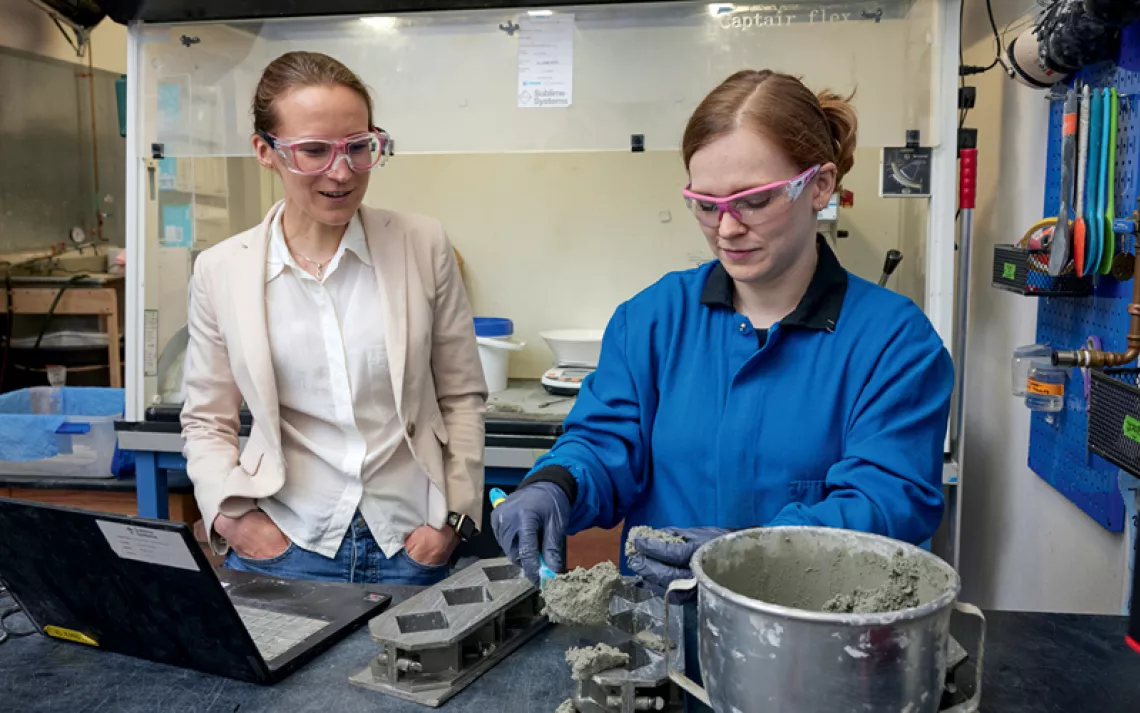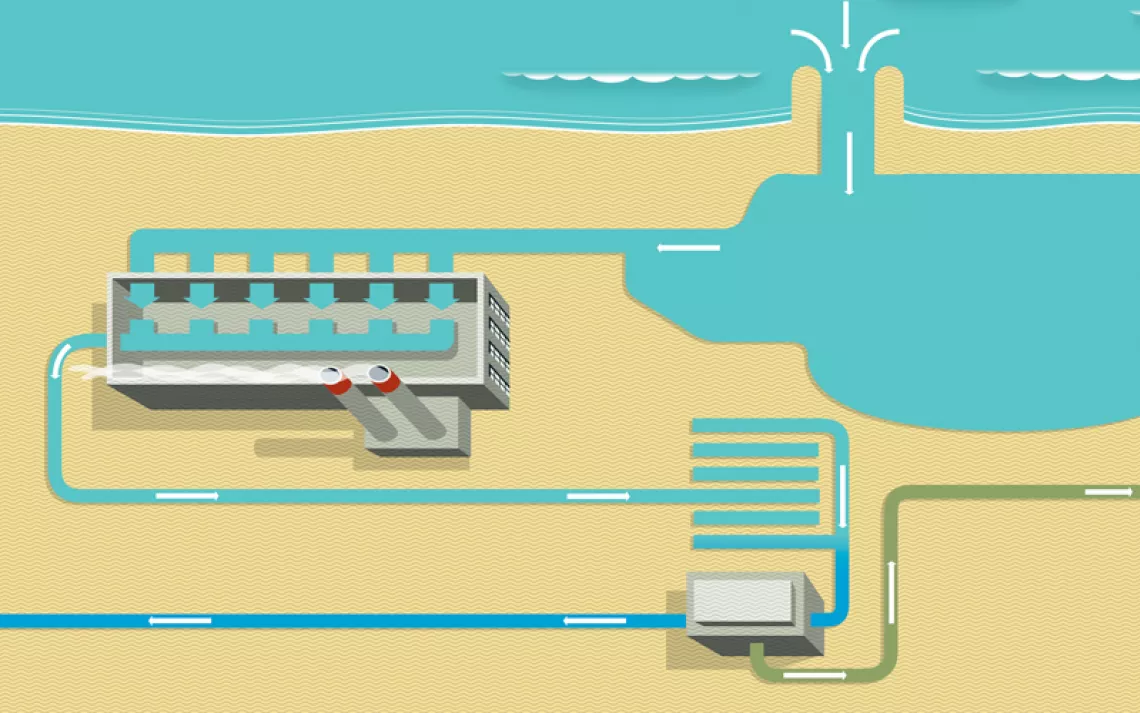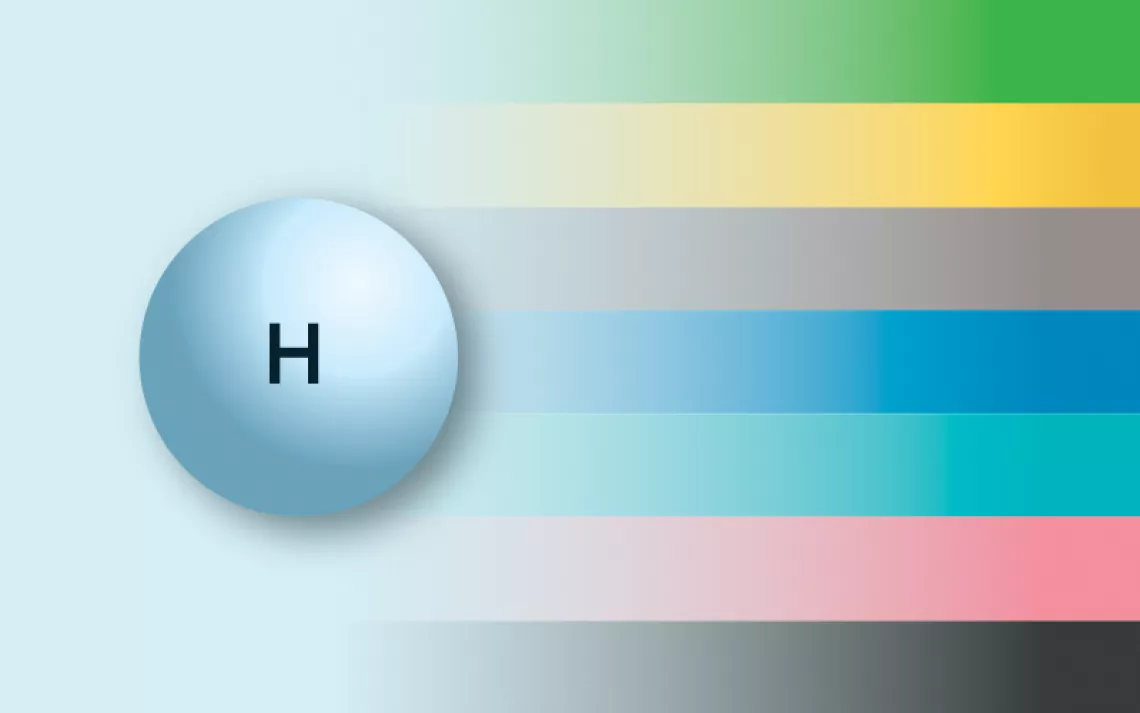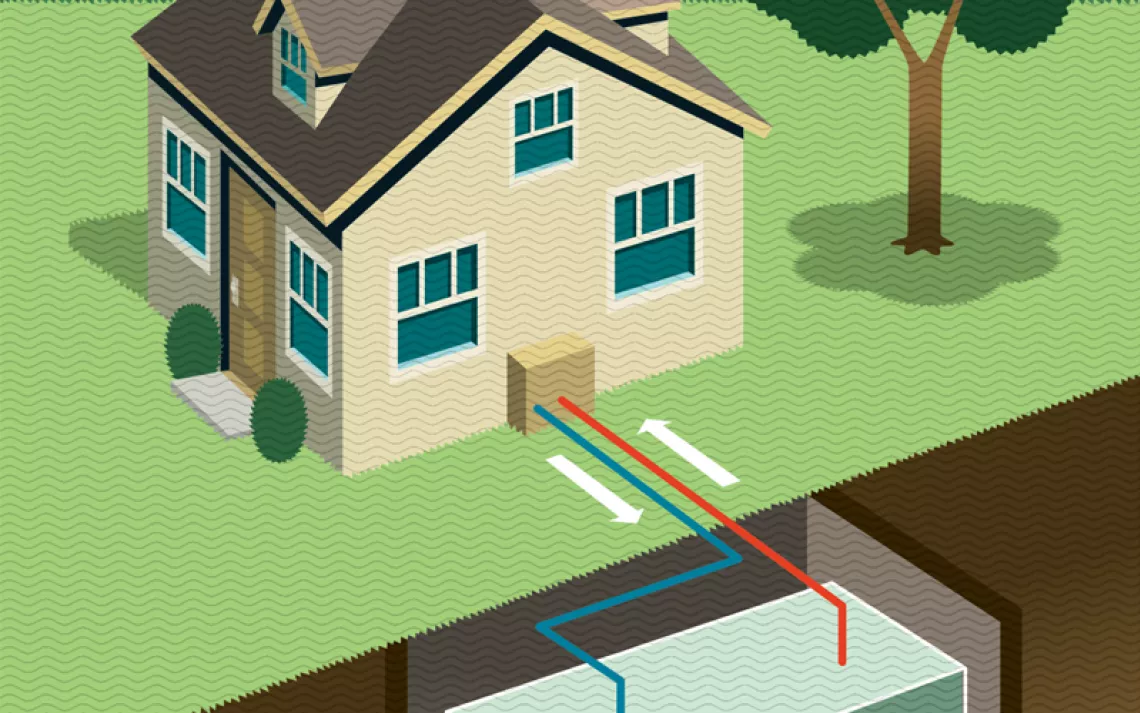These Are the Novel Batteries That Could Power the Energy Transition
Three promising alternatives to lithium-ion
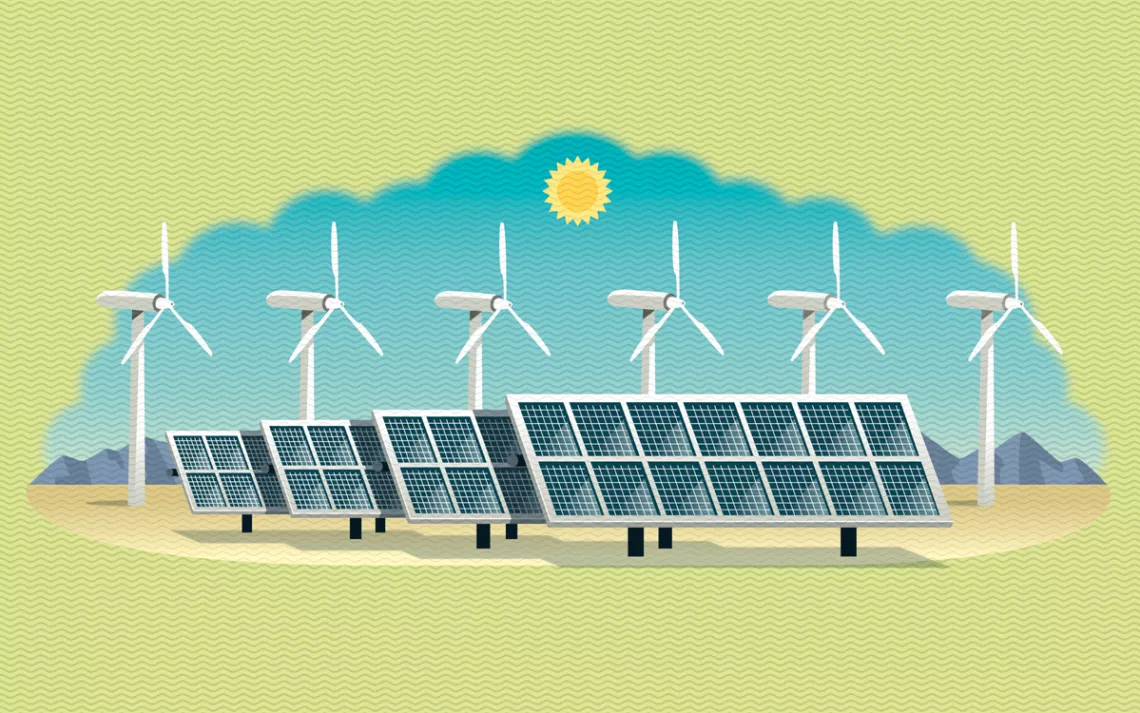
From powering electric vehicles to storing wind and solar power, better batteries are crucial to the clean energy transition.
The most common rechargeable battery type is lithium-ion, containing cobalt and nickel. Although they often work well, these batteries can catch fire or degrade. What’s more, their production is problematic: Lithium mines can deplete and pollute fresh water, establishing nickel mines often requires cutting down rainforests, and some cobalt mines exploit human laborers, including children.
Moving away from lithium-ion and toward batteries made from more accessible and abundant materials could make renewable energy even more sustainable and lead to a more equitable energy transition. Emerging designs have the potential to improve safety and utility. And rejuvenating the recycling process can help battery manufacturers reuse materials efficiently and sustainably. Here are some possibilities on the horizon
Beyond Lithium-Ion
Lithium-ion and sodium-ion batteries use liquid electrolytes to transfer charge-carrying ions. The former have a longer life span and are lightweight but powerful (also known as having high energy density), which is why they dominate. But scaling up the latter could reduce the financial and environmental costs of making batteries.
Sodium-ion batteries can swap lithium, cobalt, and nickel for more-available metals: sodium, manganese, and iron. These batteries are also less likely to form dendrites, metallic growths common in lithium-ion batteries that harm range and capacity. With more research and development, sodium-ion batteries will likely be best suited for short-range EVs and stationary electrical grids.

Prepare for Takeoff
Solid-state batteries are another option. They also transfer charge-carrying ions but use solid electrolytes instead of liquid, making for smaller, lighter batteries. New research is exploring ways these batteries can block dendrites, charge faster, and not catch on fire.
Lithium-ion batteries lack the energy density to power electric planes, but solid-state types might someday make it possible. For now, they’re too expensive to manufacture at scale, and they’re still in the development stage.
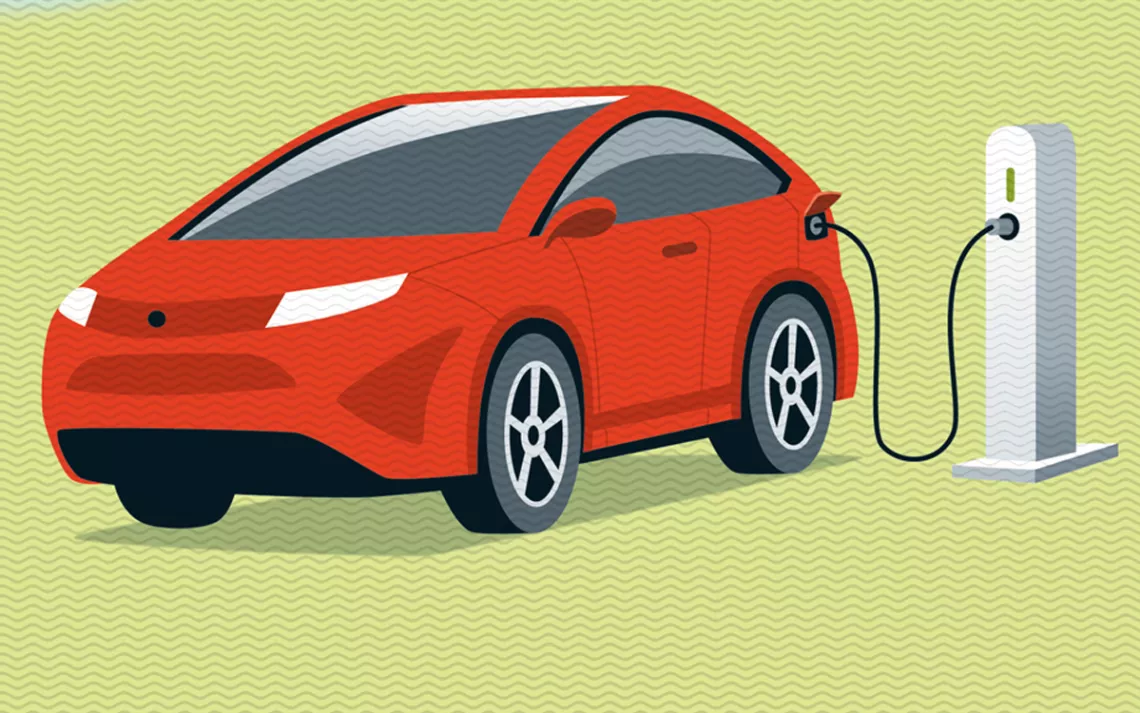
New Car Chemistry
Many battery solutions look good in the lab but aren’t yet scalable. However, lithium iron phosphate (LFP) batteries, which don’t require nickel and cobalt, are already proving themselves.
Although LFP batteries hold less energy than standard lithium-ion ones do, in 2023 they constituted almost 40 percent of EV battery sales globally. Scientists have improved their performance, and Ford and Tesla are now using them, with Rivian to follow in 2025. Yet they’re an imperfect solution, since phosphate is in high demand as fertilizer, and phosphate mines strip soil and vegetation.

Refreshed Recycling
As the first generation of EV batteries wear out, their valuable materials need to be recycled, typically a high-energy, high-pollution process. An alternative called direct recycling keeps battery components intact, using less energy to recover more materials and causing less pollution. The manual labor required means facilities need to have impeccable safety measures and equipment for the people opening flammable batteries, and the battery industry needs better labeling and design standards.
The Upshot
Cost is the major barrier for these would-be solutions. Direct recycling’s price tag can exceed the value of the materials being recycled—such is the case with sodium. The battery market’s bottom line blocks progress, making it more appealing to mine new materials than fine-tune alternative battery types.
 The Magazine of The Sierra Club
The Magazine of The Sierra Club
